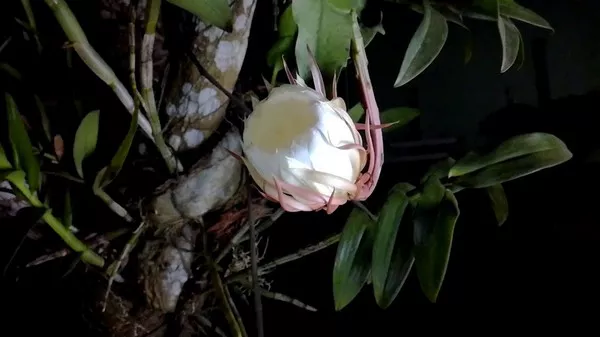In the heart of Punjab’s cotton fields, Jagdev Singh has endured consecutive years of hardship due to severe pink bollworm (PBW) infestations decimating his income from a modest 0.6-hectare plot. However, a ray of hope now shines for Singh and seventeen other farmers selected for a pioneering initiative by the Central Institute for Cotton Research (CICR), part of the Indian Council of Agricultural Research (ICAR).
The groundbreaking pilot project introduces state-of-the-art artificial intelligence (AI) to enable real-time monitoring of pest activity. Using AI-powered pheromone traps, the CICR aims to equip farmers like Singh with critical data to make informed pest management decisions promptly. This initiative marks a watershed moment in India, pioneering AI’s application in pest control for any crop.
Focused initially on Punjab’s key cotton-growing districts of Muktsar, Bhatinda, and Mansa, the project spans 18 fields, strategically chosen to combat PBW infestations and mitigate economic losses.
The success of this pilot project will pave the way for its expansion into Rajasthan and Haryana, extending the benefits of advanced pest management techniques across wider agricultural landscapes.
Pink Bollworm’s Impact
PBW (Pectinophora gossypiella) poses a severe threat to cotton crops by damaging vital parts like flower buds and bolls, leading to substantial yield losses. Despite the adoption of genetically modified Bt Cotton (Bollgard II seed), designed to resist such pests, PBW continues to undermine farmers’ efforts across northern Indian states including Punjab, Haryana, and Rajasthan. Reports indicate an average yield loss of 20-25% due to PBW infestations, illustrating its pervasive impact on agricultural livelihoods.
AI-driven Pest Monitoring
Traditionally, pheromone traps using gossyplure have been employed to attract and trap male moths, a common method to reduce pest populations. However, manual monitoring proves challenging for farmers like Singh, who struggle to consistently track pest activity alongside cultivating other crops.
In contrast, the new AI-driven approach provides farmers with real-time updates via mobile phones. Cameras installed within pheromone traps capture images of trapped moths, which are then transmitted to a cloud-based server for analysis. Machine learning algorithms meticulously analyze these images to identify and quantify PBW specimens caught, delivering instant pest alerts and actionable insights directly to farmers’ mobile devices.
According to YG Prasad, director at CICR, “The innovative system ensures timely pest management advice, helping farmers maintain crop damage below economic threshold levels.”
Real-time Data and Advisory Distribution
The integration of scientific data collection and analysis underpins the issuance of tailored advisories to farmers based on crop conditions. Singh, for instance, recounts how he averted a recent PBW outbreak thanks to prompt alerts received via the new digital system.
“This technology is a game-changer,” Singh reflects. “Previously, I couldn’t pinpoint when my crop was most vulnerable. Now, I’m notified immediately if there’s a threat, allowing me to take swift action.”
Furthermore, real-time pest data will be shared with agricultural officials at state, taluka, and village levels, facilitating targeted campaigns and advisory dissemination across farming communities.
The convergence of AI with traditional farming practices promises not only to enhance crop resilience against PBW but also to revolutionize pest management strategies in agriculture. As the pilot project unfolds its potential in Punjab’s cotton fields, its expansion across other cotton-growing regions anticipates a transformative impact on agricultural sustainability and farmer prosperity nationwide.


